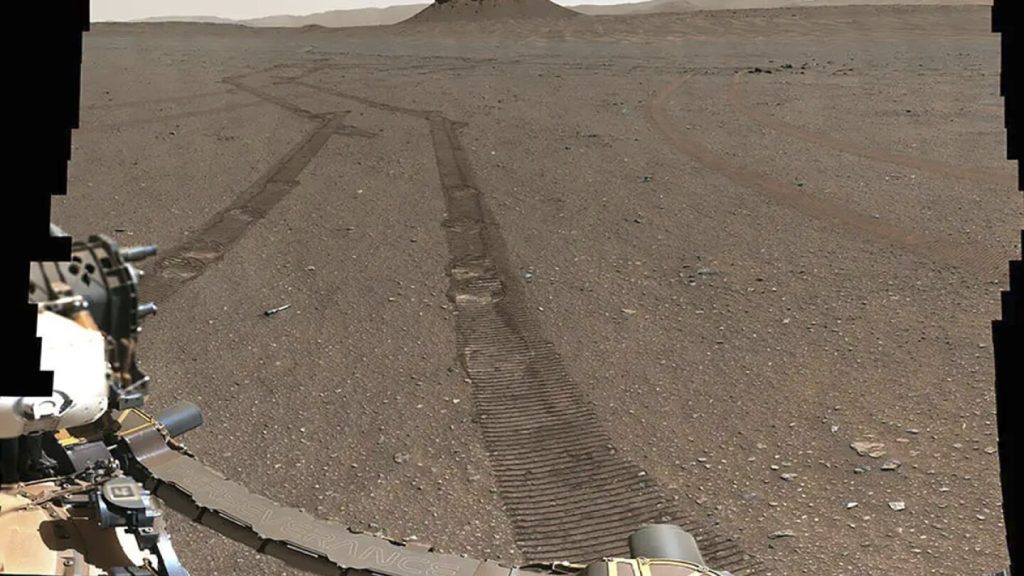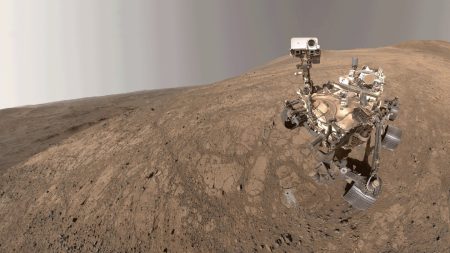NASA’s ambitious plan to retrieve Martian soil and rock samples, a crucial step in the search for extraterrestrial life, has undergone a significant overhaul due to escalating costs and timeline delays. The original plan, projected to cost a staggering $11 billion and with a sample return date no earlier than 2040, was deemed “unacceptable” by outgoing NASA Administrator Bill Nelson. He announced a revised approach, significantly cheaper and faster, targeting a return date in the 2030s, well ahead of any potential manned missions to Mars. This revised plan aims to streamline the mission while maintaining the same number of spacecraft and launches, potentially incorporating commercial partners to drive down costs and accelerate the timeline.
The urgency of retrieving these samples stems from the Perseverance rover’s ongoing mission on Mars. Since its landing in 2021, Perseverance has diligently collected over two dozen samples from Jezero Crater, a former river delta believed to hold the highest potential for discovering signs of ancient microbial life. These samples, carefully selected and stored, contain a wealth of geological and potentially biological information that could revolutionize our understanding of Mars’ past habitability. Scientists eagerly anticipate the opportunity to analyze these samples in sophisticated laboratories on Earth, where advanced instruments and techniques can unlock their secrets and provide definitive answers about the possibility of life beyond our planet. The current sample retrieval plan hinges on a complex relay involving multiple spacecraft and robotic missions.
The revised approach proposes two primary options, both estimated to cost around $7 billion, a substantial reduction from the initial $11 billion projection. One option involves collaborating with commercial spaceflight companies, leveraging their expertise and cost-effective technologies to optimize various stages of the mission. This public-private partnership approach has gained traction in recent years, demonstrating its potential to accelerate space exploration while reducing the financial burden on government agencies. The final decision on which option to pursue will rest with the incoming administration, led by President-elect Donald Trump’s nominee, Jared Isaacman.
Isaacman, a tech billionaire and accomplished pilot, has personally funded and participated in two orbital missions, demonstrating his commitment to space exploration. His experience in both the private and public sectors places him in a unique position to navigate the complexities of this ambitious Martian sample return mission. Securing the necessary funding and prioritizing the project within the broader context of NASA’s expansive portfolio will be a crucial aspect of his leadership. The revised plan, while significantly cheaper, still represents a substantial investment, requiring a dedicated allocation of resources and unwavering political support.
The scientific community eagerly awaits the final decision, recognizing the immense value of these Martian samples in advancing our understanding of the solar system and our place within it. The potential to discover evidence of past life on Mars would be a paradigm-shifting event, fundamentally altering our perspective on the prevalence of life in the universe and opening up entirely new avenues of scientific inquiry. Furthermore, the technologies and strategies developed for this complex sample return mission will undoubtedly inform future robotic and human exploration endeavors, paving the way for more ambitious and far-reaching missions to other celestial bodies.
The successful retrieval of these Martian samples would represent a monumental achievement, a testament to human ingenuity and international collaboration. It would provide invaluable insights into the evolution of Mars, its past climate, and the potential for life beyond Earth. The samples’ analysis could rewrite textbooks, inspire future generations of scientists and explorers, and ultimately deepen our understanding of the universe and our place within its vast expanse. The revised plan, with its emphasis on cost-effectiveness and efficiency, offers a more realistic and achievable pathway to realizing this ambitious scientific goal.










